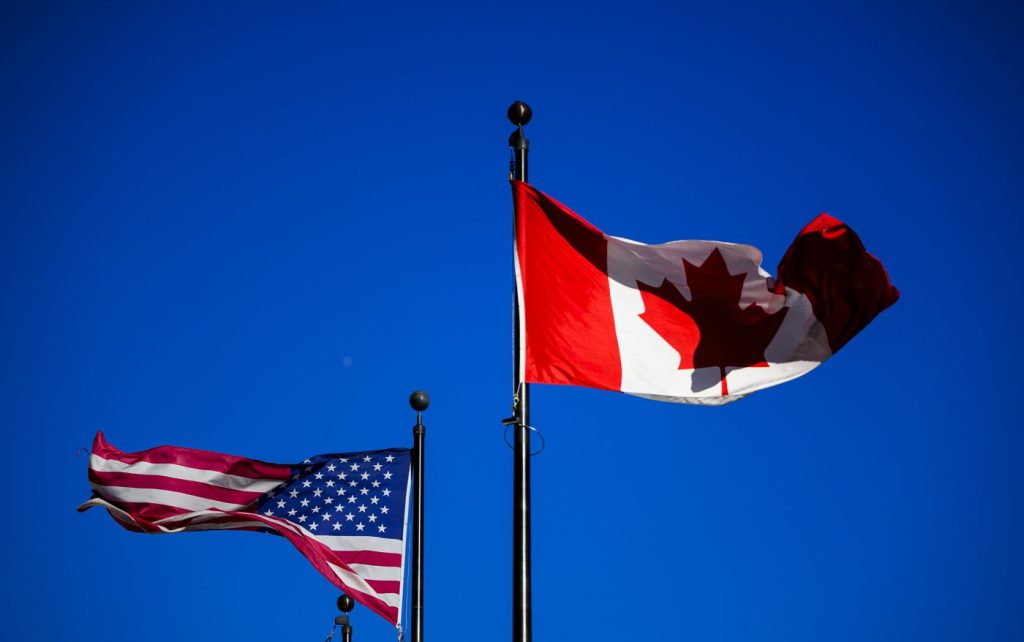10-year study shows polar bear decline in health, numbers in Beaufort
Posted November 17, 2014 3:44 pm.
This article is more than 5 years old.
A 10-year study shows that polar bears in Canada’s northwestern Arctic have declined in both health and abundance.
Although the decline has stabilized as the bears in the southern Beaufort Sea region find new food sources, scientists say scavenging whale carcasses isn’t going to replace the loss of sea ice melted by climate change.
“We’re pretty certain that polar bears can’t survive in anything like current numbers or distribution without sea ice,” said Steve Amstrup, co-author of the paper published Monday. “But as the sea ice changes, there might be some surprises in how prey availability is affected.”
Amstrup and his colleagues looked at extensive data from the Northwest Territories, Yukon and Alaska from 2001 to 2010 that not only counted the bears, but assessed their health, age and cub survival.
Bears generally depend on eating fat-rich seals that they hunt from floating platforms on the sea ice.
Because of the shrinking ice in the Beaufort, which is warming faster than any other sea in the world, the team expected to find dropping populations.
“They projected dramatic population declines,” Amstrup said. “It’s apparent that those declines actually occurred.”
The researchers found that bear numbers had fallen almost in half by the middle of the decade — “really harsh years for bears.”
Between 2003 and 2007, only two of 80 cubs in one of the paper’s datasets survived beyond infancy. Overall numbers of bears fell to about 900.
That decline appeared to have stopped in 2007. Nobody really knows why.
Amstrup suggests that the bears found alternate food sources, such as scavenging bowhead whale carcasses left onshore after hunts by Alaska aboriginals.
“They butcher those whales on the beach and leave the scraps,” Amstrup said. “Sometimes it’s literally tons of scraps.”
Declining sea ice doesn’t help the bears’ traditional prey much either. Poor ice and snow conditions leave ringed seal pups more vulnerable, and bears may be capitalizing on that, he suggested.
But that strategy for the bears will disappear as sea ice deteriorates further.
“Ultimately, if there’s no sea ice at all, all of those opportunities go away.”
Amstrup said the study is unusual in that it gives a broader and longer-term view than most bear surveys, which just provide a snapshot of numbers. Given its findings, he said, it sends an unsettling message about what could be happening elsewhere.
“We don’t have any reason to believe that if we allow the sea ice to continue to decline, that we’re not going to see effects like this in other parts of the polar bear range, where we haven’t yet measured the cumulative effects of global warming.
“In the case of the Beaufort, we can probably expect continued declines.”
Scientists have predicted global polar bear numbers to decline by about two-thirds by 2050. Last month, hunters in the southern Hudson Bay region agreed to reduce their bear quota over concerns about the size and health of the local population.
Four of the world’s 19 bear populations are considered to be declining. Five are stable and there’s not enough known about the others to judge.
There are between 20,000 and 25,000 polar bears in the world, most in Canada.








